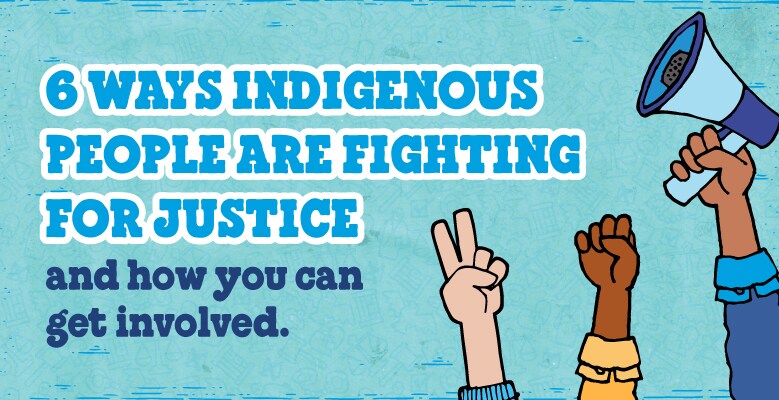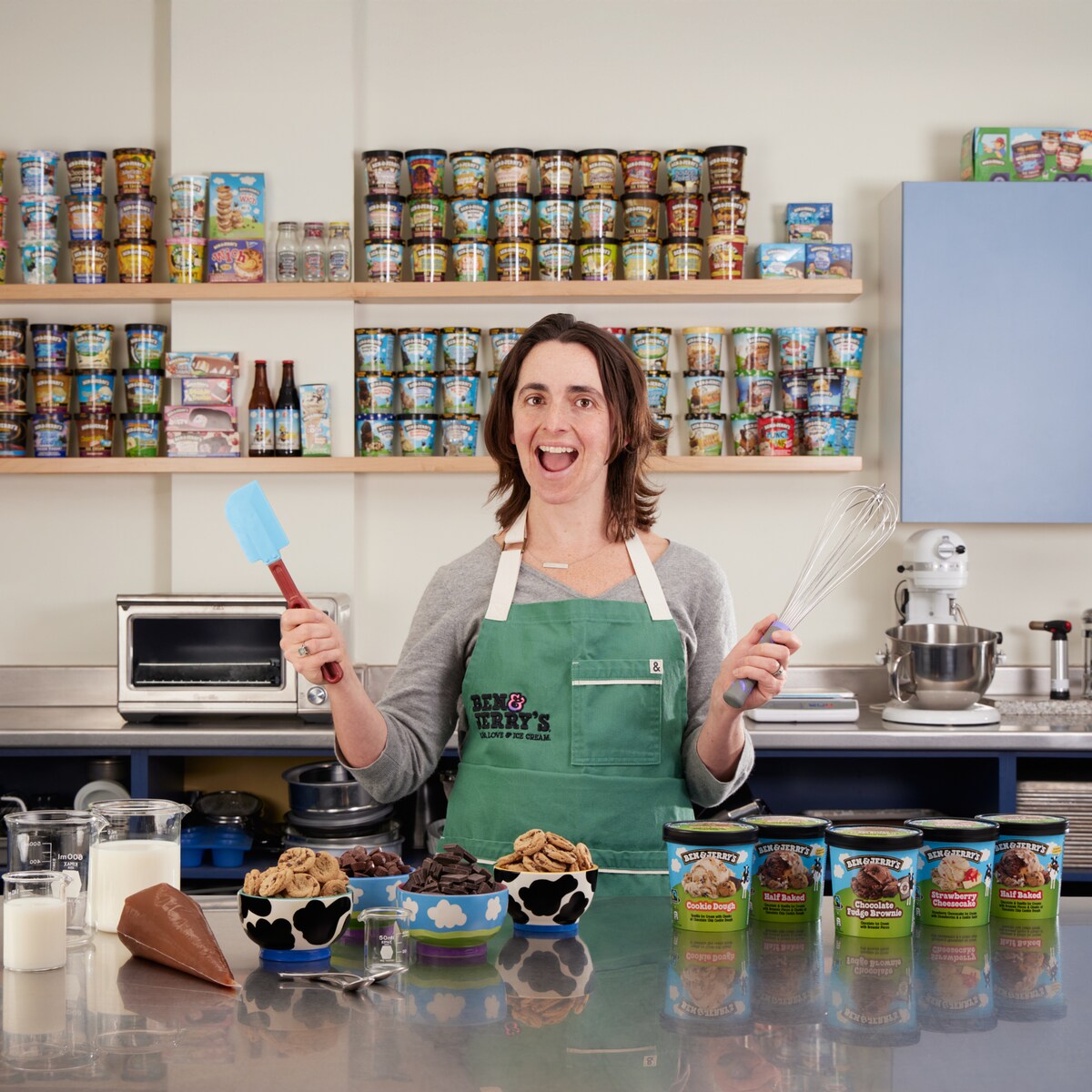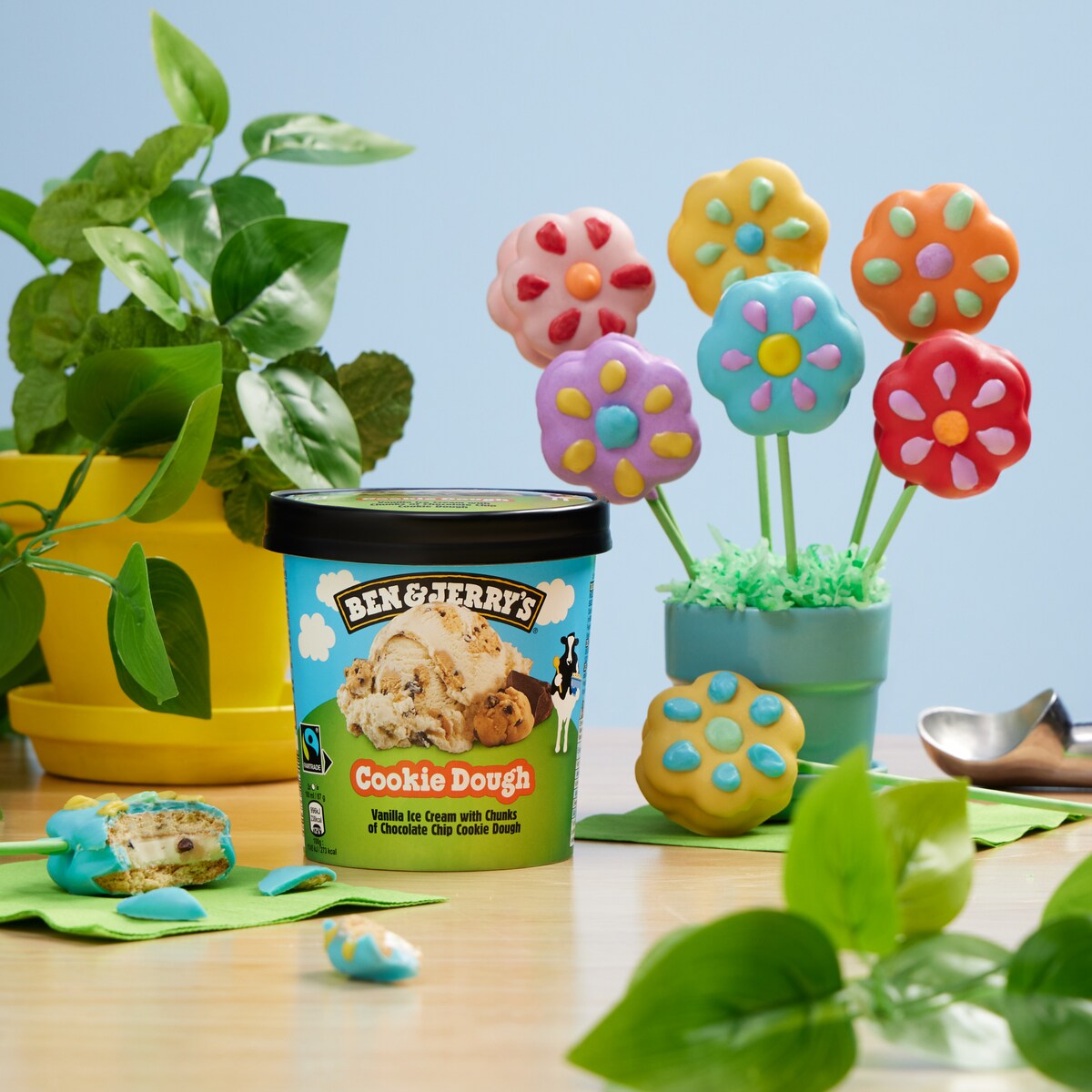
Canada’s colonial history is not pretty. But despite being dispossessed of land (and exploited for the resources that remain on their territories), despite attempts to eradicate cultures and languages, and despite rampant and ongoing violence against communities, Indigenous people have never stopped fighting for justice.
In fact, Indigenous people and organizations have been leading the way in addressing these injustices.
-
Missing and Murdered Women and Girls
A 2015 United Nations report found that
Young Indigenous women are 5x more likely than non-Indigenous women to die under violent circumstances.
Indigenous women experience violence at rates 3.5x higher than the national average.Over the past three decades, thousands of Indigenous women have gone missing or been murdered. A recent comprehensive report, Reclaiming Power and Place, calls this violence a genocide. Making matters worse for grieving Indigenous families and communities, police have been notoriously unwilling or uninterested in investigating these cases or devoting resources to reducing the harm done to Indigenous communities.
-
Chronically Underfunded Schools
A recent investigation revealed that federal funding for First Nations schools has been, on average, about 30% lower than funding for other schools in Canada. This chronic underfunding harms Indigneous students and their communities.
The government has long promised to overhaul the funding system, and it’s possible that a new approach agreed to by the government and First Nations may bring improvements, but more needs to be done.
-
Children Taken from Their Families
There’s a long, horrific history in Canada of Indigenous children being taken from their homes and families and put in foster care or residential schools, where they experienced horrific abuse and neglect—and where thousands of children were killed. Even today, while Indigenous children make up only 7.7% of all children in Canada, they represent 52.2% of children in foster care.
Just weeks ago, the government agreed in principal to a $40 billion deal to reform the discriminatory child welfare system and provide reparations to Indigenous people who were harmed by the system over the past 30 years. But more work needs to be done.
-
The Land Back Movement
When Europeans arrived in what became known as North America, Indigenous people were already here, living in thriving and complex societies from coast to coast.
Today, First Nations reserves account for only 0.2% of the land in Canada. Why? Because, dating back to first contact, settler governments have worked to push Indigenous people from their land by any means necessary. The Land Back movement is all about returning the lands and resources that were wrongly taken from First Nations. As lawyer and activist Pam Palmater recently told us, “Land Back does not mean kicking all settlers out of their homes.” It’s a good-faith negotiation over the return of land, the sharing of resources, and protecting Indigenous sovereignty.
Want to help protect Indigenous rights and sovereignty, stop climate change, stop pipelines and other exploitative and polluting industries? Clicking on those links is a good way to start.
-
The Ongoing Clean-Water Crisis
Dozens of First Nations communities haven’t had clean, safe water to drink for decades. Curve Lake First Nation in southern Canada, to cite just one example, is bordered by water on three sides, and yet the people there have been depending for years on shipments of bottled water to meet their needs. This is absurd and unacceptable in one of the most water-rich countries in the entire world—a staggering 73% of First Nations water systems are at a high or medium risk of contamination.
The Prime Minister promised to fix this, but not enough has been done. Leaders from Curve Lake and other First Nations people have sued the Canadian government for $2.1 billion in an effort to finally get the functioning infrastructure and clean water they’ve long been promised.
Here’s where to make your voice heard.
-
Disproportionately High Incarceration Rates
A recent report issued by the Correctional Investigator of Canada, Dr. Ivan Zinger, highlighted a clear bias in arrests and sentencing in Canada.
- Indigenous people are about 5% of the total population in Canada, but make up more than 30% of the federal inmate population, a historic high.
- Indigenous women account for 42% of all women in federal custody.
Zinger also said that “Indigenous people are more likely than others to be placed in maximum security institutions, serve higher proportions of their sentences behind bars before getting out on parole, and are also returned to custody at much higher rates than non-Indigenous people.” We must keep pushing the government to take dramatic action to end the criminalization of Indigenous people.
Keep the Pressure On
We hope you’ll join us in standing with Indigenous activists and organizations that are working on these (and other) issues and leading the fight for equity and justice.


